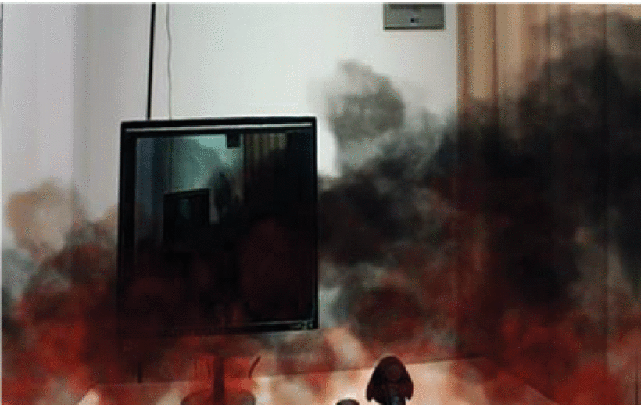
To explore the effects of virtual reality (VR) and augmented reality (AR) in the treatment of claustrophobia, the potential effects of VR and AR on induced anxiety were investigated in this paper. During the experiment, 34 subjects were randomly selected and distributed in AR and VR scenes in a sequence. The skin conductance and heart rates of the subjects were measured throughout the entire process, and the anxiety scale was used to assess the subjective anxiety when the task in each scene was completed. The results showed the following: (1) AR and VR scenes led to feelings of discomfort, but the subjective anxiety scores obtained in the two scenes were not significantly different; (2) the skin conductance level of the subjects significantly increased from the baseline when the subjects entered the experimental scene but remained active in the two scenes without showing significant difference between the scenes; and (3) the heart rate index significantly increased from the baseline after the subjects entered the scene and then gradually decreased. The heart rates of the subjects significantly increased again when the anxiety-induced event was triggered. However, no significant difference was observed between AR and VR scenes. AR and VR have induced obvious anxiety, which was reflected in the subjective and objective physiological indicators. However, no significant difference was found in the effects of AR and VR on the induced anxiety. Considering the cost of building two scenes and other factors, AR was more suitable for the treatment of claustrophobia than VR.

